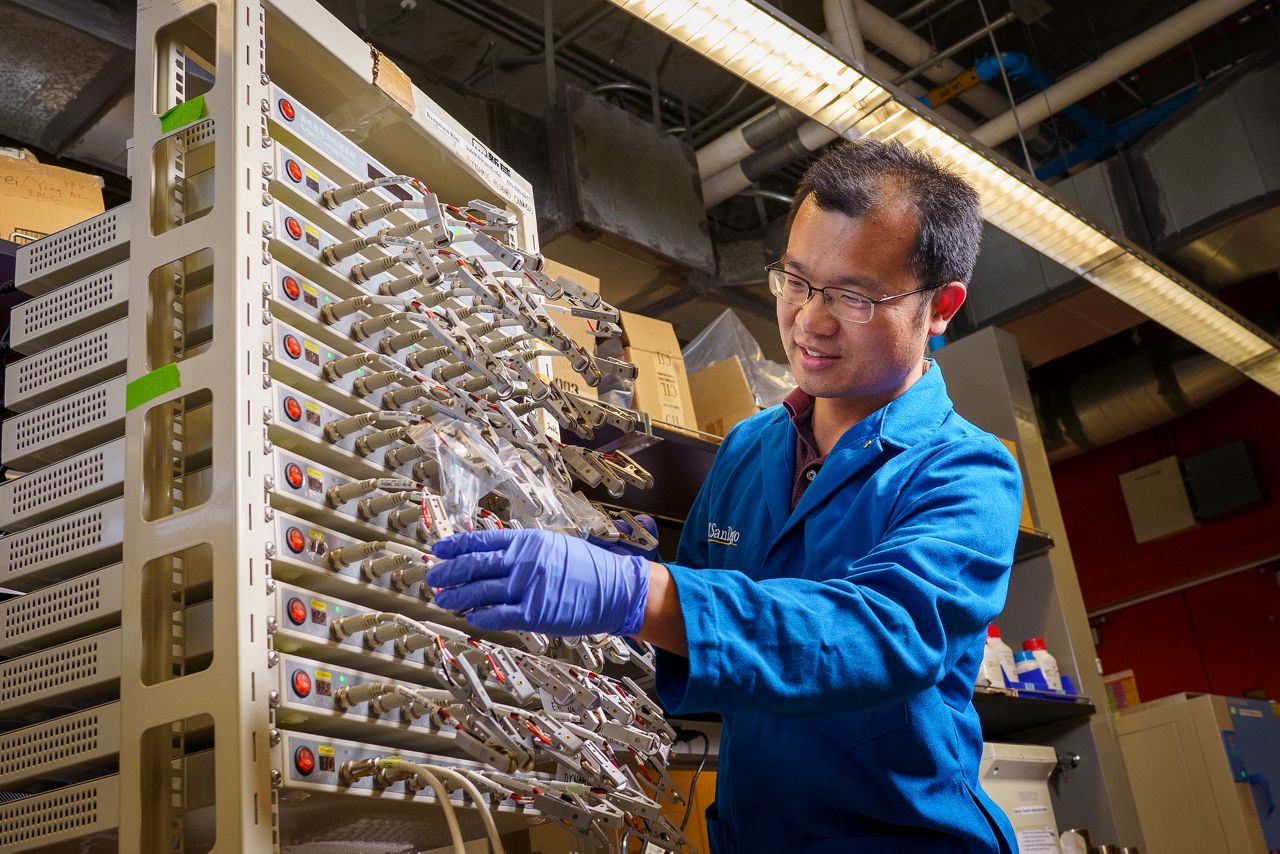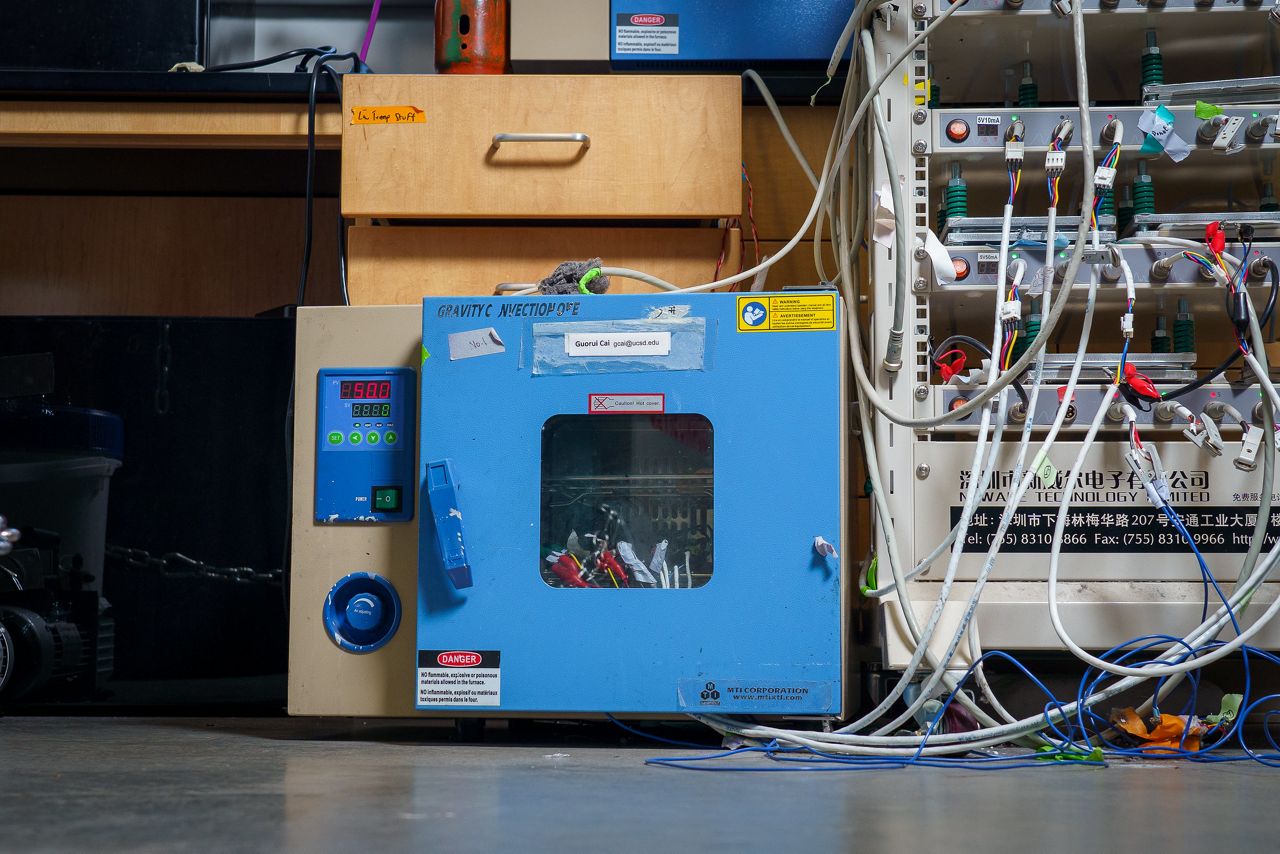A team of chemists and engineers at the University of California San Diego developed a new type of electrolyte chemistry for lithium batteries that could tolerate temperature extremes.
They published their research in the science journal “Proceedings of the National Academy of Sciences.”
Powering up EVs
We could use this new chemistry to develop more sustainable EV batteries.
UCSD’s temperature-resilient batteries could be beneficial to electric vehicles. Their batteries could help EVs in colder and warmer climates travel farther on a single charge.
“The chemistries we are interested in, is to fundamentally increase driving range and operational versatility,” said John Holoubek, a UCSD PhD candidate who’s part of the research paper.
Plus, the new chemistry of the batteries could reduce the need for cooling and keep battery packs from overheating in hot climates like Arizona and Nevada.
Holoubek says the team’s goal is to develop lithium batteries that can improve an EVs driving range up to 200% on one charge.
Plus, their batteries can store up to two times more energy per kilogram compared to today’s lithium-ion batteries.
They test the batteries in subzero freezers and high temperature ovens.
High temperature performance of battery pouch cells being tested in an oven. (David Baillot/UC San Diego Jacobs School of Engineering)
In their battery tests, UCSD found their batteries kept 87% or more of their energy capacity at -40 and 122 degrees.
“Our research specifically is making sure that lithium battery chemistry, which is still in development… can sustain a variety of perturbations from the atmosphere,” Holoubek told Spectrum Networks.
New electrolyte chemistry
The key to their weather-beating batteries is the creation of a new electrolyte chemistry.
The new electrolyte they created is called the dibutyl ether electrolyte. They made it to address the battery temperature range for both lithium-ion and lithium sulfur batteries.
Today’s batteries aren’t good at handling extreme temperatures. They are super reactive when exposed to high and low temperatures.
“Essentially, the lower you go, the more difficult any chemical process there is…. in the case of lithium metal, several safety issues arise, like very needle-like decomposition that threatens the cell,” said John Holoubek, a UCSD PhD candidate who’s part of the research papers.
The new chemistry seeks to mitigate those issues.

Zheng Chen, professor of nanoengineering at UC San Diego. (David Baillot/UC San Diego Jacobs School of Engineering)
We spoke to Dr. Zheng Chen, a professor at UCSD’s Jacobs School of Engineering about the electrolyte chemistry and their temperature-resilient batteries.
He said the electrolyte improves the performance of the batteries.
The new chemical makeup of the batteries will hold on to more energy, according to Dr. Chen.
The next steps of the project is to scale up the battery chemistry and push the chemistry of the batteries to perform at higher temperatures than it is now.
“I think there will be way more application than we just see in our normal life… there will be a large space to further explore the chemistry and material, to expand the capability to operate,” said Dr. Chen.
Our team of meteorologists dives deep into the science of weather and breaks down timely weather data and information. To view more weather and climate stories, check out our weather blogs section.

